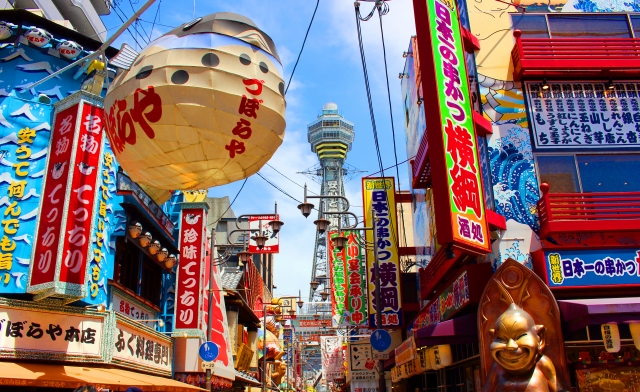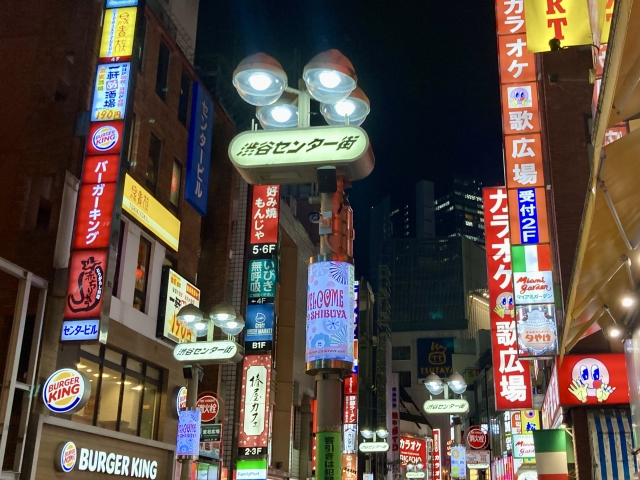Walking down the streets of Japanese cities, you would notice being mesmerized by the tableau of color, light, and creativity, particularly through its billboards and signboards. This unique aspect of Japanese marketing, deeply embedded in the country’s cultural and historical ethos, offers a distinct contrast to advertising practices seen in other parts of the world.
A Canvas of Creativity and Innovation
In Japan, billboards and signboards are not mere advertising tools; they are integral to the city’s aesthetic, somehow blending with the urban architectures of big cities. What sets Japanese advertising apart is its unparalleled creativity and the ability to capture the attention of passersby through innovative designs and interactive elements. Unlike in many Western countries, where billboards often adhere to a standardized format focusing on simplicity and brand consistency, Japanese billboards and signboards are characterized by their variety, vibrant colors, and dynamic displays, and standing out is the key.

*Eye-catching signboards and advertisements stand out in the bustling restaurants street of Osaka.
The Cultural Backgrounds of Japanese Outdoor Advertising
The cultural and historical roots of Japan’s unique approach to outdoor advertising run deep. The signboard culture started as a government’s requirement for merchants to specify what they sell when participating in the market. In the Edo period, Japanese business owners used noren (fabric dividers) and signboards with elegant Japanese calligraphy to advertise their wares. The historical backdrop has evolved into a modern advertisement that respects the balance between tradition and innovation.
The dense urban environments of Japanese cities also play a significant role in the evolution of billboard and signboard advertising. Space is at a premium, necessitating the efficient use of vertical spaces. As a result, buildings and streets are covered with a flood of advertisements that not only attract consumer attention but also contribute to the city’s vibrant character.
One of the most striking aspects of Japanese billboards and signboards is their ability to bridge traditional Japanese culture with cutting-edge technology. It’s common to see digital screens displaying high-definition videos and animations next to hand-painted signboards that feature traditional Japanese calligraphy and imagery. This contrast underscores a fundamental aspect of Japanese culture: a reverence for tradition alongside modernity.
Learning from Japan’s Advertising
For international marketers and companies, the uniqueness of Japan’s advertising world offers valuable lessons.
- The emphasis on creativity and innovation in Japanese billboards and signboards highlights the importance of differentiation and the need to engage consumers on a visual and emotional level.
- The integration of cultural elements into advertising underscores the value of cultural sensitivity and localization in global marketing strategies.
- the popularity of digital signboards in Japan reflects the growing trend towards interactive and technologically driven advertising. Embracing digital innovations can provide companies with a competitive edge, not only in Japan but also in other markets where digital engagement is becoming increasingly important.
Japan’s approach to billboards and signboards is a testament to its unique blend of tradition, innovation, and creativity. For companies and marketers outside Japan, understanding this advertising market offers insights into engaging with the Japanese consumer and leveraging the power of visual storytelling in marketing.


